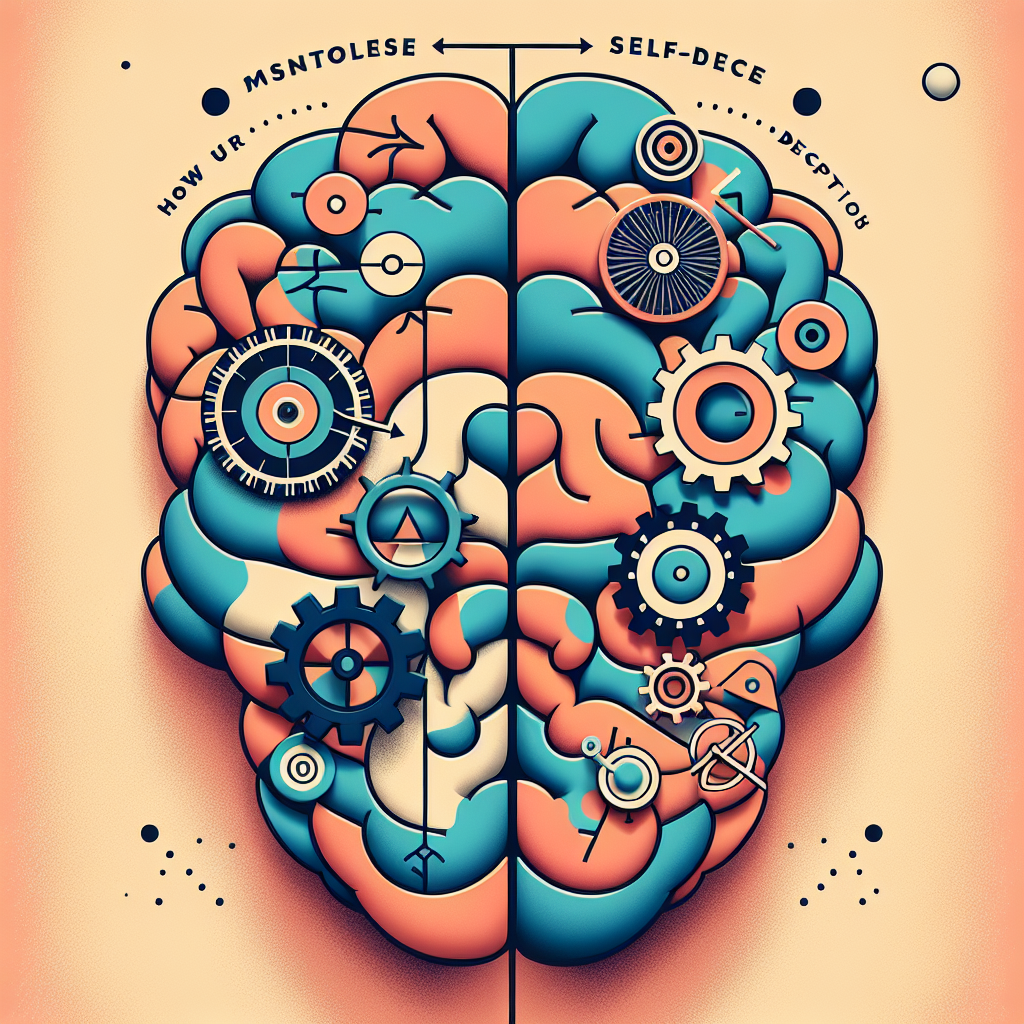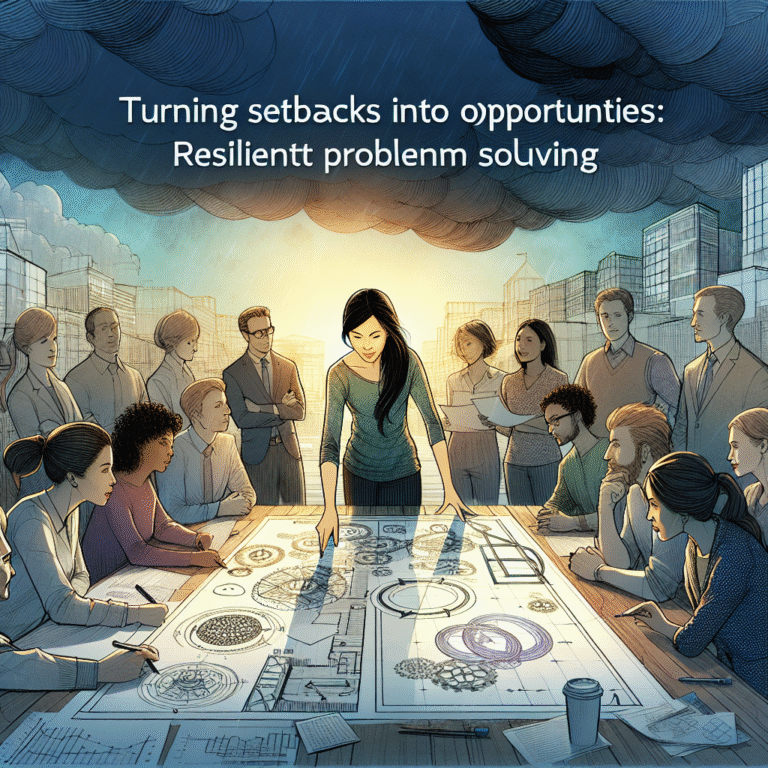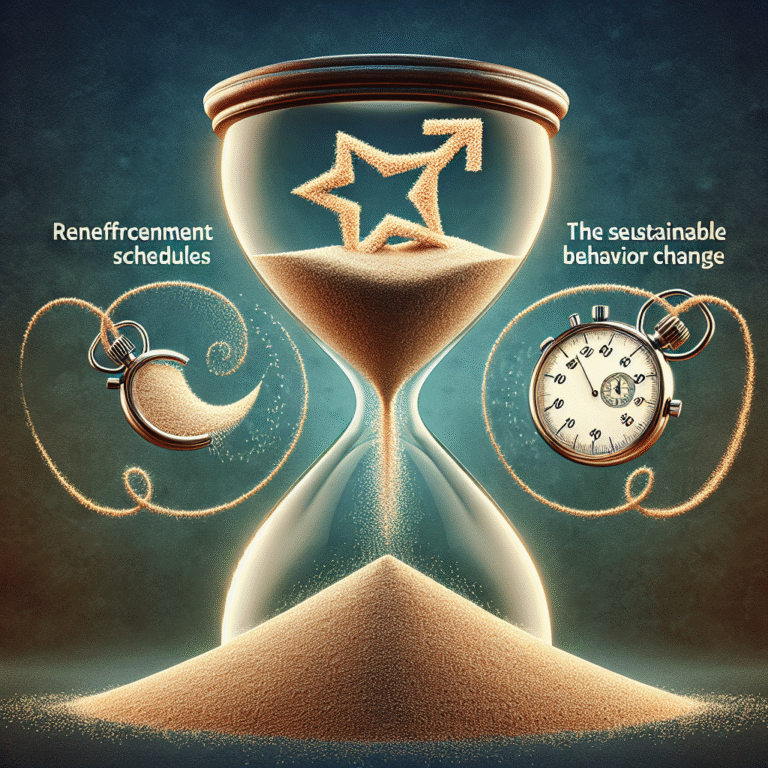
Introduction
Imagine making a decision that could alter the course of your life, only to discover later that your mind played tricks on you. This isn’t fiction; this is a reality shaped by cognitive biases—mental shortcuts that help us navigate the world but can lead us astray. Understanding cognitive biases is essential for personal development, decision-making, and effective communication. In this comprehensive guide, we will journey through the intricate world of cognitive biases, how our minds deceive us, and ways to overcome these mental traps.
What Are Cognitive Biases?
Cognitive biases are systematic patterns of deviation from norm or rationality in judgment. They occur when our brains rely on heuristics—mental shortcuts that simplify decision-making. While these biases can be useful for quickly assessing situations, they can also lead to significant errors in judgment and decision-making.
Key Characteristics of Cognitive Biases
- Subconscious: Most cognitive biases operate below the level of consciousness.
- Universal: They affect everyone, regardless of intelligence or experience.
- Predictable: Once understood, they can be anticipated and managed.
The Psychology Behind Cognitive Biases
Understanding why our minds deceive us requires delving into the psychology of cognitive biases. Research by psychologists like Daniel Kahneman and Amos Tversky has revealed that our brains evolved to make quick judgments to conserve energy, leading to the reliance on heuristics that can result in biased outcomes.
Types of Cognitive Biases
Confirmation Bias: The tendency to search for, interpret, and remember information that confirms our existing beliefs while disregarding contradictory evidence.
Anchoring Bias: The inclination to rely heavily on the first piece of information encountered (the "anchor") when making decisions.
Availability Heuristic: Judging the likelihood of events based on how easily examples come to mind, often influenced by recent experiences or media coverage.
- Overconfidence Bias: Having excessive confidence in one’s own answers to questions, which leads to overestimating one’s knowledge or predictive capability.
Case Study: Confirmation Bias in Action
Consider the classic case of the “Wason Selection Task.” In one study, participants were asked to determine a rule by selecting cards. Many participants failed to select cards that could disprove their hypotheses, even when it was clear that their selected cards aligned with confirmation bias. This illustrates how cognitive biases can influence logical reasoning.
Analysis of the Case Study
This study highlights the challenges posed by confirmation bias and demonstrates the importance of critical thinking. By recognizing our biases, we can strive to cultivate a more open-minded approach to problem-solving.
The Impact of Cognitive Biases in Everyday Life
Cognitive biases influence various aspects of our daily lives—our choices, relationships, and beliefs. Understanding how these biases manifest can empower us to make better decisions.
In Decision Making
- Investment Choices: Investors might fall prey to the bandwagon effect, where they follow trends instead of conducting their own analysis.
- Health Choices: The optimism bias can lead individuals to underestimate the probability of negative health outcomes, affecting their lifestyle choices.
In Relationships
- Perception Bias: We may unconsciously interpret a partner’s behavior in a way that confirms our negative view of them.
- Stereotyping: This can lead to generalized beliefs about groups of people, impacting interpersonal relationships.
Case Study: The Bandwagon Effect
In the early 2000s, the housing market experienced a rapid increase in prices attributed to the bandwagon effect. Many buyers rushed to purchase homes, believing that if everyone else was doing it, it must be a good decision. The subsequent crash demonstrated the dangers of such biases.
Analysis of the Case Study
The housing market crash exemplifies how cognitive biases can lead to poor, collective decision-making, emphasizing the need for critical evaluation of circumstances rather than succumbing to perceptions based on popular opinion.
Strategies to Overcome Cognitive Biases
Recognizing cognitive biases is the first step; the next is devising strategies to counteract them. Below are some effective techniques:
1. Awareness and Education
Understanding cognitive biases is crucial. Educating yourself and discussing these biases with others can enhance awareness and promote critical thinking.
2. Seek Contradictory Evidence
Actively look for information that challenges your beliefs. This practice can diminish the effects of confirmation bias.
3. Slow Down Decision-Making
Take your time with decisions, especially significant ones. Slower deliberation can reduce the impact of biases.
4. Utilize Checklists
For substantial decisions, use structured checklists to account for different perspectives and potential biases affecting your judgment.
5. Feedback Mechanisms
Establish feedback channels to get differing opinions on critical decisions. Being open to feedback can mitigate the effects of biases.
Cognitive Biases in the Workplace
Workplaces are ripe breeding grounds for cognitive biases, affecting hiring, management, and teamwork dynamics.
In Hiring
The halo effect may lead hiring managers to overvalue candidates who possess one strong quality, while affinity bias may result in favoritism towards candidates with similar backgrounds or interests.
In Team Dynamics
Cognitive biases can lead to groupthink, where the desire for harmony overrides critical evaluation of ideas. This phenomenon can seriously hinder innovation and problem-solving.
Case Study: The Halo Effect in Hiring
A company once hired a candidate based on their impressive academic background, ignoring multiple red flags in their interview performance. The hiring manager fell victim to the halo effect, assuming that because the candidate excelled academically, they’d also perform well in the job.
Analysis of the Case Study
This situation highlights the importance of comprehensive evaluation criteria in hiring, emphasizing that one impressive trait shouldn’t overshadow other essential qualifications.
Conclusion
Cognitive biases: How our minds deceive us is a critical subject that affects virtually every aspect of our lives. By increasing our awareness and understanding of these biases, we can make more informed, rational decisions. Embracing a mindset that acknowledges and confronts these biases opens doors to personal and professional growth.
The key takeaway? Be proactive in seeking knowledge, challenge your assumptions, and cultivate a habit of critical thinking. Only by recognizing our mental traps can we begin to escape them.
FAQs
1. What are cognitive biases?
Cognitive biases are systematic patterns of deviation from norm or rationality in judgment, often resulting in inaccurate assessments of situations or decisions.
2. How can I identify my own cognitive biases?
Start by educating yourself about different types of cognitive biases and reflect on your decision-making processes. Keep a journal to track decisions and thought patterns for deeper insights.
3. Can cognitive biases be completely eliminated?
While it is impossible to eliminate cognitive biases, they can be reduced through awareness, education, and proactive strategies.
4. How do cognitive biases affect relationships?
Cognitive biases can lead to misunderstandings and conflict in relationships, as they shape our perceptions and reactions toward others.
5. Where can I learn more about cognitive biases?
Numerous resources, including psychology books, academic journals, and online courses, provide in-depth insights into cognitive biases and their implications. Exploring works by psychologists like Daniel Kahneman is an excellent start.
By understanding cognitive biases: how our minds deceive us, we empower ourselves to navigate life with greater clarity and rationality. Take the leap today—embrace the journey toward overcoming these mental pitfalls and evolving into a more informed individual.














